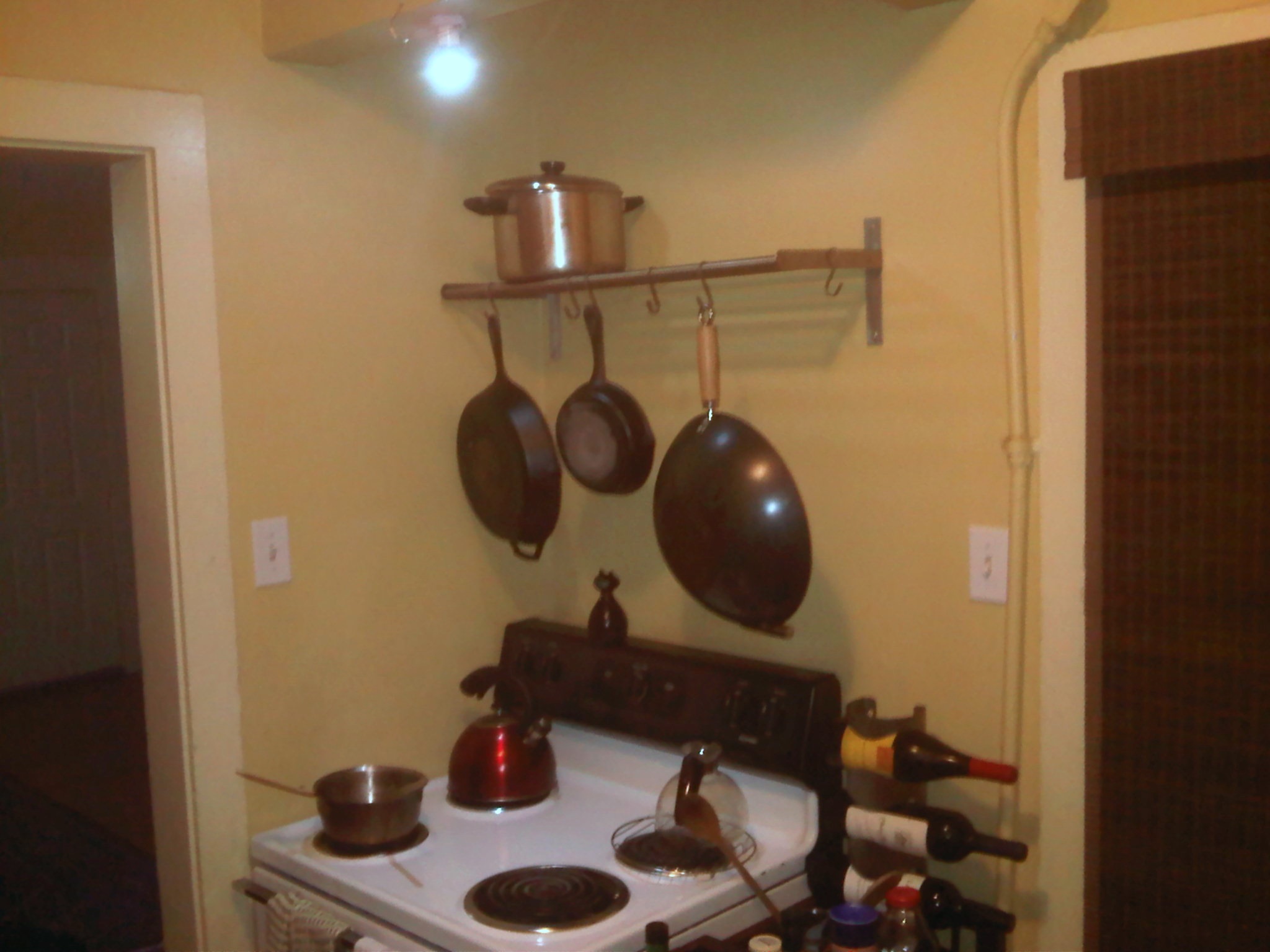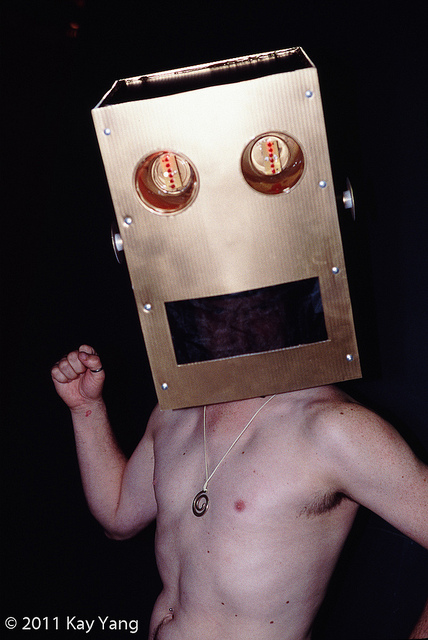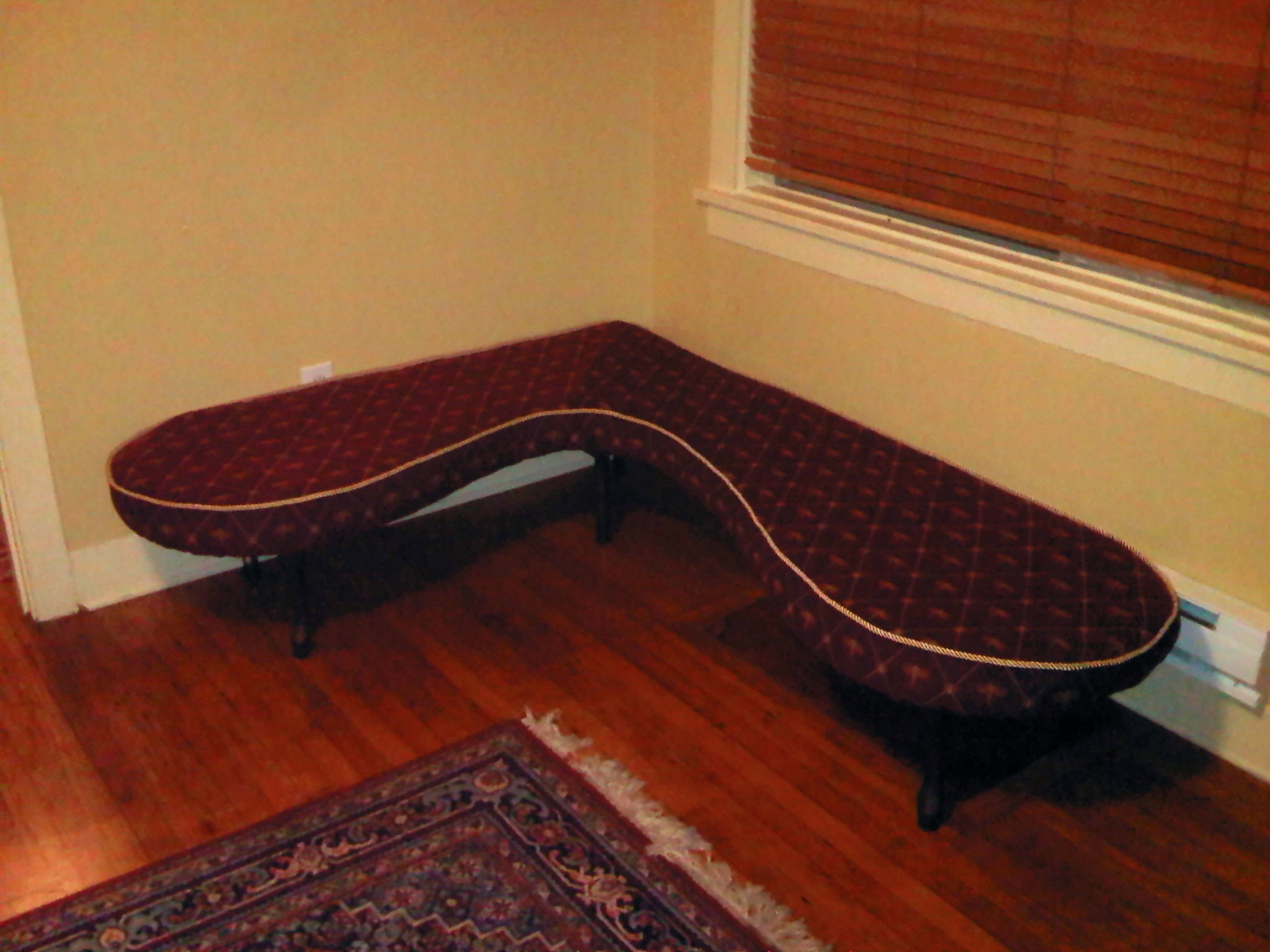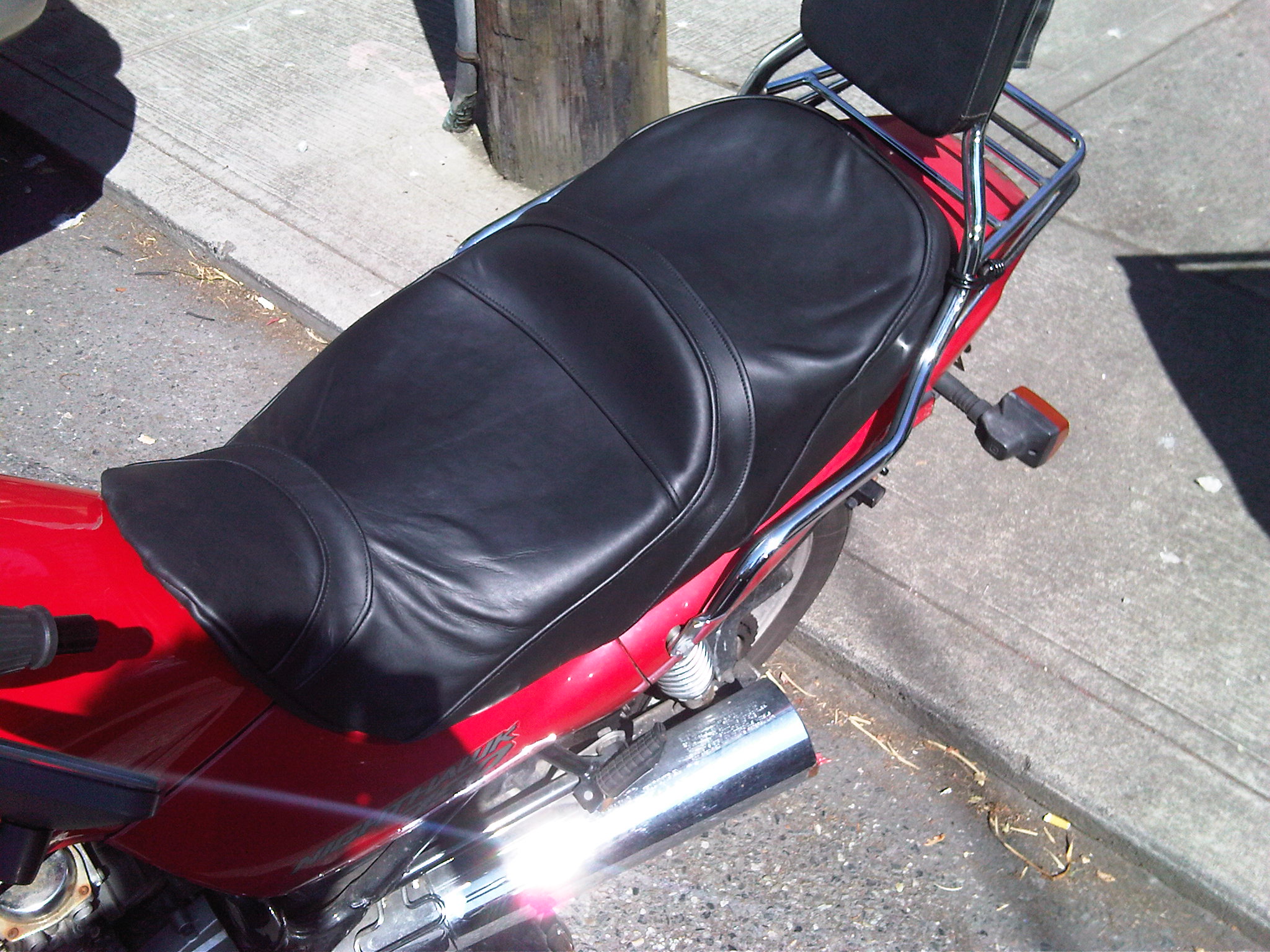Hello there. It took a few days to really recover from that backpacking trip, and I’ve had a lot to do in the meantime.
The hike was about nine days, covering 85 miles and four mountain passes. It was the most intense hiking I’ve ever done: and yet it was only a third of the whole hike my younger sister Jeanine is doing. She’ll finish up on August 2nd by climbing Mt. Whitney, a 14,500 foot peak which is the tallest in California (and all of the lower 48).
We started at Red’s Meadow, a campground near Devil’s Postpile. First day was fairly nondescript; we basically just had to climb back out of the lowland and gain some elevation on the way to the first pass. It was harder for me than her, since I was not acclimated to the altitude or accustomed to the mileage, but I kept on chugging and we made it to our intended camp site.
The next few days were really nice. We camped near high alpine lakes, climbed snow-covered passes, tramped through meadows full of wildflowers, trekked along ridges, forded rivers, and generally had a great time. We got into a rhythm and generally arrived at our campsites an hour or two ahead of schedule, despite never making any particular haste to leave camp in the morning.
Eventually we reached Muir Trail Ranch, where our resupply bucket was located. Resupply went fine but things got a bit more difficult after that. We tried to find the prominently-advertised hot springs across the river, but it turned out to require a mile of bushwhacking and a highly dicey log scramble across a deep, narrow river gorge. When we eventually found the hot springs they were small, muddy, and full of algae… not exactly inspiring. Oh, well, we made do and had a good evening regardless.
The next three days were much more challenging. We got off to a slower start as we had to work our way back out of the bush to the trail, and then we had a long hot unshaded hike along the San Joaquin River valley and then up into the Evolution Valley turn-off. It was not a bad day but it was a very long one and we spent most of it climbing.
The next day was the real killer. We climbed up to Evolution Lake, which was gorgeous, but quickly became mired in a slushy, hazardous, seemingly endless snowfield. The sun was hot and there was no breeze; we toiled up the unstable slope for hour after hour, never able to settle into a steady, efficient hiking rhythm. We finally reached the top of the 12,000 foot pass at 4 pm, having originally intended to lunch there, and spent a while just laying around recovering.
Our schedule completely blown, we decided to have dinner, rally our strength, and go just far enough down the other side to camp at the first reasonable spot. This would make the following day harder but we were bushed and the thought of pushing on another five miles was unbearable.
Our spirits rose as we crunched down the equally squishy far side; at least we didn’t have to keep hauling ourselves up this mess. We eventually found a good spot at what we called “Frog Lake” due to all the frogs hopping in and out along the shoreline.
This happened to be my birthday, so I pulled out a flask of bourbon I’d packed for the occasion and Jeanine whipped up a special dessert she’d been carrying. We were so happy and relieved to have made it through the pass that we didn’t care about being tired and sore and wet and miles behind schedule.
Next day, then, was another long, hot climb. We made up our extra miles by 11 am, then started climbing up to the Dusy Basin area. It was another mostly shadeless climb back up to 12,000 feet, and we were plenty footsore by the time we arrived, but there were lots of gorgeous mountains and meadows and cascades to look at.
This was nearly the end of the line for me: in Dusy Basin the resupply crew met us. Mike and Joel continued on with Jeanine, and I hiked back out over the Bishop pass with Brian. I was eager to be done by this point so we trekked straight on til the parking lot, not even stopping for lunch. Of course we hit the first pizza place we saw in town.
It was great. I’m glad I did it. I’m impressed with Jeanine’s ambition and really glad I could help her achieve her dream. It’ll be a long time before I have another chance to take a backpacking trip this intense, and I’m sure I’ll remember this one fondly for years to come.









